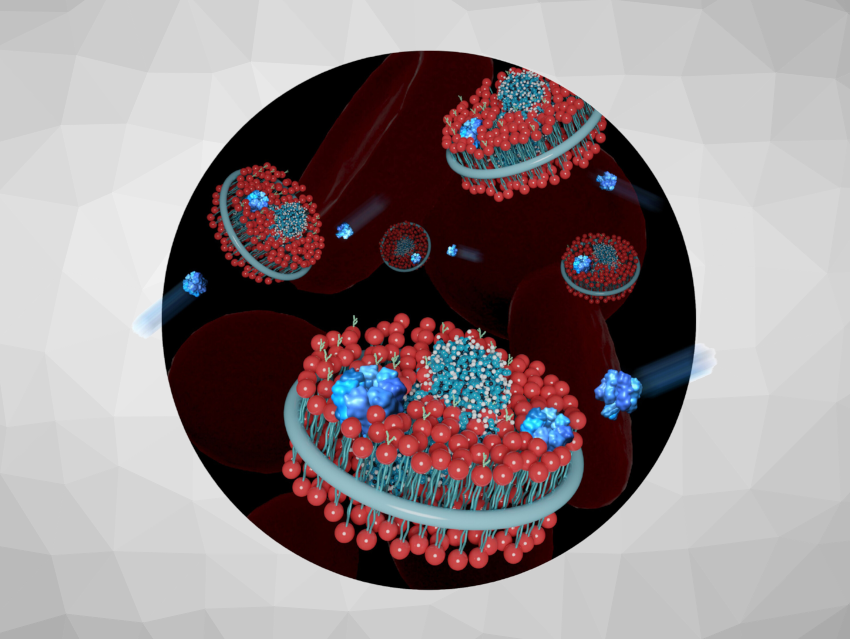In this issue, Amaresh Mishra and Ganesh D. Sharma review structure–performance relationships of non-fused ring acceptors for organic solar cells, and Qun Xu et al. discuss mechanisms and applications based on supercritical-CO2-induced amorphization in 2D materials. The Minireviews deal with cross-dehydrogenative coupling polymerization via C–H activation for the synthesis of conjugated polymers (Baitan Chakraborty, Christine K. Luscombe) as well as metal complexes that induce immunogenic cell death for cancer therapy (Haihua Xiao et al.). Jia-Rong Chen et al. highlight electrochemical reactors that enable divergent site selectivity in the C–H carboxylation of N-heteroarenes.
In the original research section, Miao Zhong et al. describe how to achieve high single-pass carbon conversion efficiencies in durable CO2 electroreduction in strong acids via electrode structure engineering. Ran Xie et al. introduced bioorthogonal handles to nanopores in a site-specific fashion by expansion of the genetic code. Liangfang Zhang et al. synthesized erythrocyte nanodiscs for bacterial toxin neutralization (see picture). Dietmar Stalke et al. investigated the reversible conformation changes between linear and bent Cp*2Si.
- Angewandte Chemie 21/2023: Structure and Performance,
Angew. Chem. Int. Ed. 2023, 62 (21).
Sponsored content is not written by and does not necessarily reflect the views of ChemistryViews’s editorial staff.



